Lui Lam9789810201401, 9810201400, 9810201419
Table of contents :
Contents……Page 6
Prologue The Ground Has Shifted……Page 10
PART I OVERVIEW……Page 12
1.1 A Quiet Revolution……Page 14
1.2 Nonlinearity……Page 15
2 Fractals……Page 20
3 Chaos……Page 26
4 Solitons……Page 32
5 Pattern Formation……Page 36
6 Cellular Automata……Page 44
7 Complex Systems……Page 46
8 Remarks and Further Reading……Page 52
PART II REPRINTS……Page 56
9.1 Fractal Growth Processes……Page 60
9.2 Fractal geometry in crumpled paper balls……Page 65
9.3 FRACTAL OF LARGE SCALE STRUCTURE IN THE UNIVERSE……Page 67
9.4 The Devil’s Staircase……Page 72
9.5 Multifractal Phenomena in Physics and Chemistry……Page 80
I. INTRODUCTION……Page 85
II. A SIMPLE MULTIFRACTAL……Page 86
III. GENERALIZATIONS……Page 90
IV. COMPUTER GENERATION OF MULTIFRACTALS……Page 92
10.1 Chaos……Page 101
10.2 Chaos in a dripping faucet……Page 113
10.3 Chaos, Strange Attractors, and Fractal Basin Boundaries……Page 120
10.4 Nonlinear forecasting as a way of distinguishing chaos from measurement error in time series……Page 127
10.5 Controlling Chaos……Page 134
10.6 Quantum Chaos……Page 141
10.7 How random is a coin toss?……Page 148
11.1 Solitons……Page 156
11.2 Soliton Propagation in Liquid Crystals……Page 161
11.3 Possible Relevance of Soliton Solutions to Superconductivity……Page 166
12.1 Dendrites, Viscous Fingers, and the Theory of Pattern formation……Page 168
12.2 Tip splitting without interfacial tension and dendritic growth patterns arising from molecular anisotropy……Page 175
12.3 Oblique Roll Instability in an Electroconvective Anisotropic Fluid……Page 181
12.4 Critical Behavior in the Transitions to Convective Flows in Nematic Liquid Crystals……Page 185
12.5 Chemical Waves……Page 196
13.1 More is Different……Page 202
13.2 Cellular Automata as Models of Complexity……Page 206
13.3 Catastrophes and Self-organized Criticality……Page 212
13.4 Active Walker Models: Growth and Form in Noneauilibriurn Svstems……Page 216
13.5 Active Walks and Path Dependent Phenomena in Social Systems……Page 224
PART III PROJECTS……Page 232
14.1.1 The Chaos Game and Sierpinski Gasket……Page 238
14.1.2 Iteration Maps and the Sierpinski Fractals……Page 240
14.1.3 Calculating the Box Dimension……Page 246
14.1.4 Diffusion-Limited Aggregates in Radial Geometry……Page 249
14.1.5 The Dielectric Breakdown Model with Noise Reduction……Page 254
14.2.1 The Tent Map……Page 266
14.2.2 The Waterwheel……Page 269
14.3.1 Biased Random Walks……Page 280
14.3.2 Surface Tension and the Evolution of Deformed Water Drops……Page 284
14.3.3 Ising-like Model of Ferrofluid Patterns……Page 288
14.4.1 One-Dimensional Totalistic Cellular Automata……Page 292
14.4.2 Two-Dimensional Cellular Automata: Formation of Clusters……Page 295
15.1 Curve Length and the Scaling Parameter……Page 300
15.2 Analysis of the Back-Propagating Neural Network for the XOR Problem……Page 303
16.1 Instabilities of Finite Water Columns……Page 310
16.2 Viscous Fingering in Optical Cement Displaced by Water……Page 317
16.3 The Fractal Nature of Shock-Wave Induced Fractures……Page 324
Epilogue: The Real World……Page 328
Appendix A1 Computer Program for Active Walk……Page 330
Appendix A2 Publications from Nonlinear Physics Group of SJSU……Page 337
Acknowledgments……Page 342
Index……Page 344
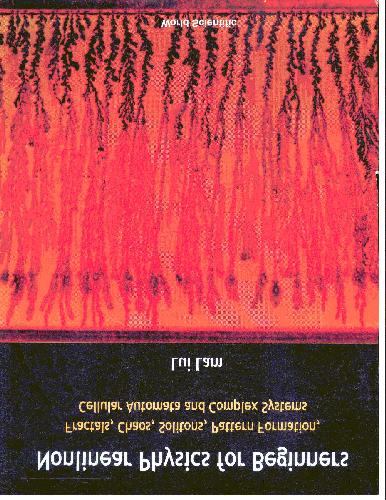
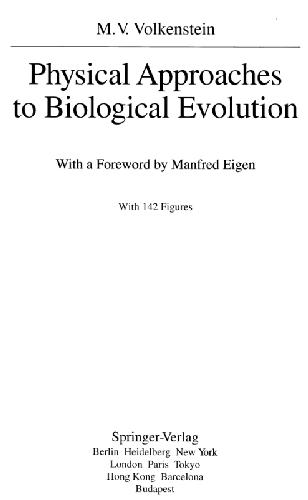
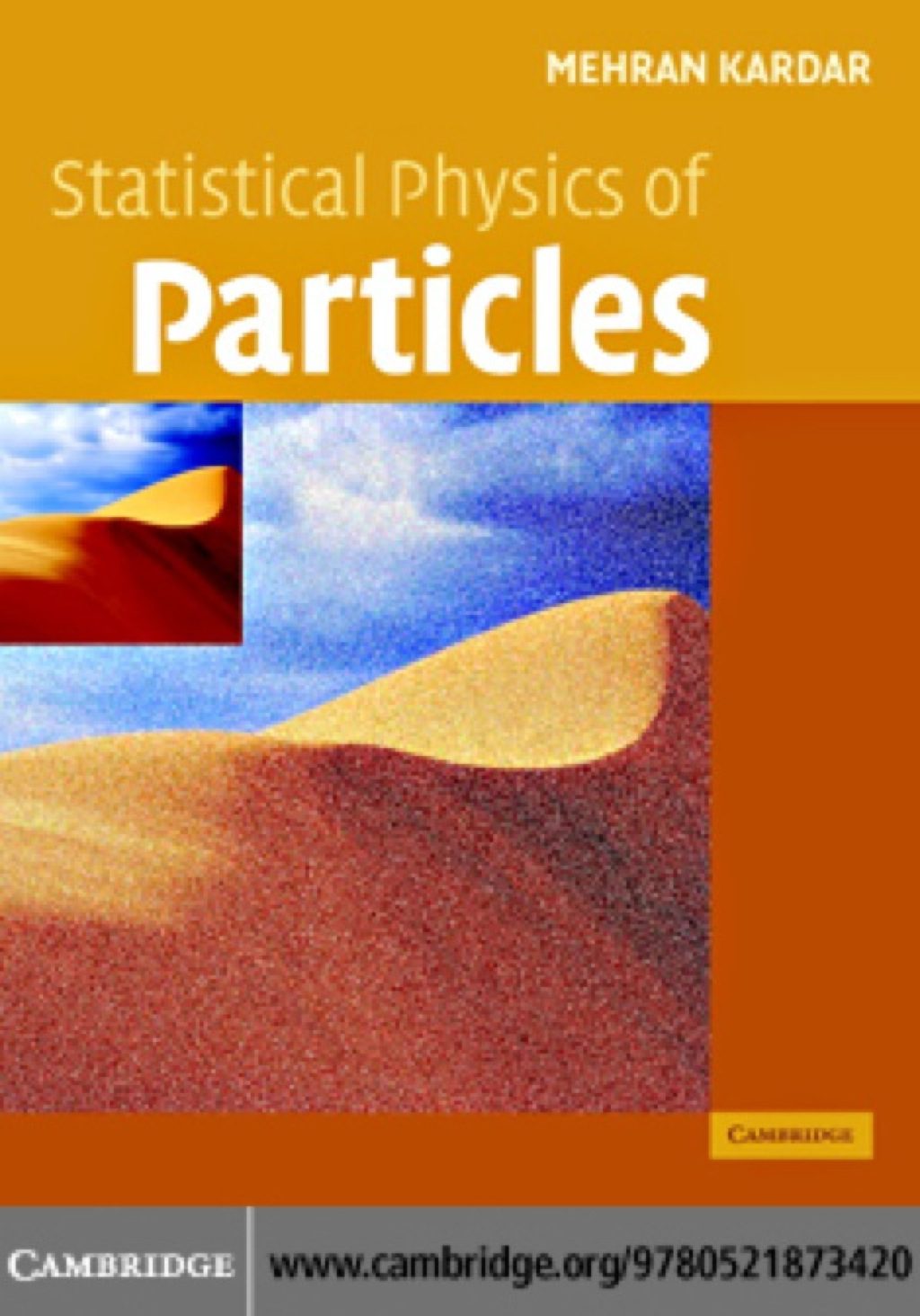
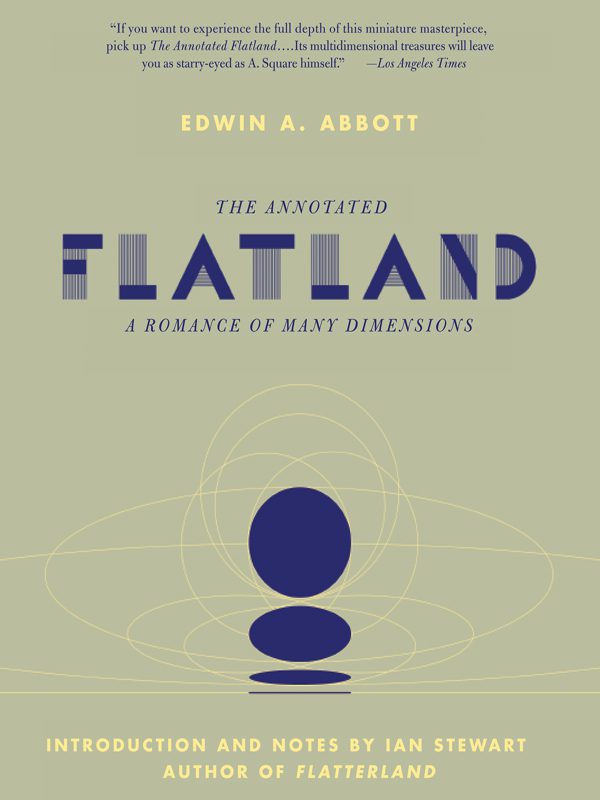
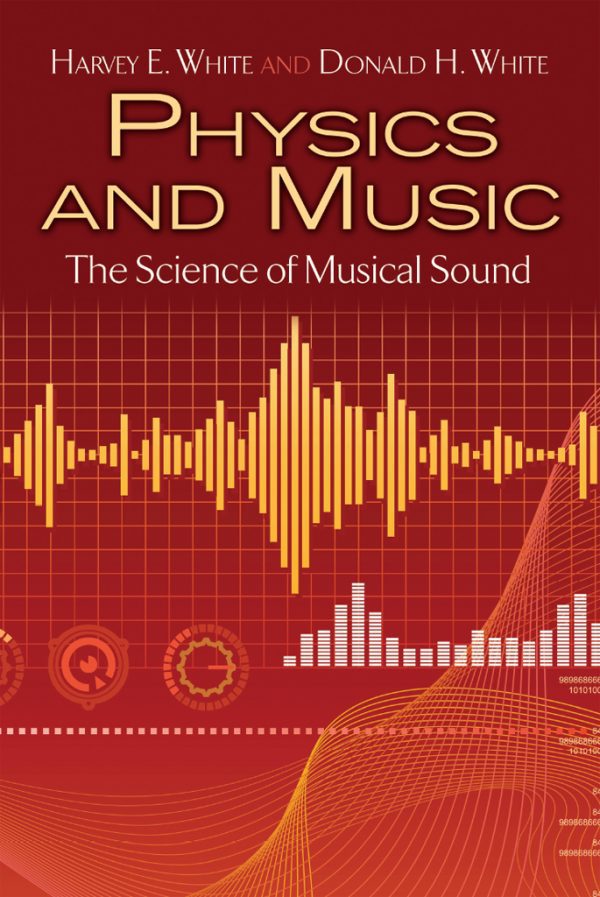
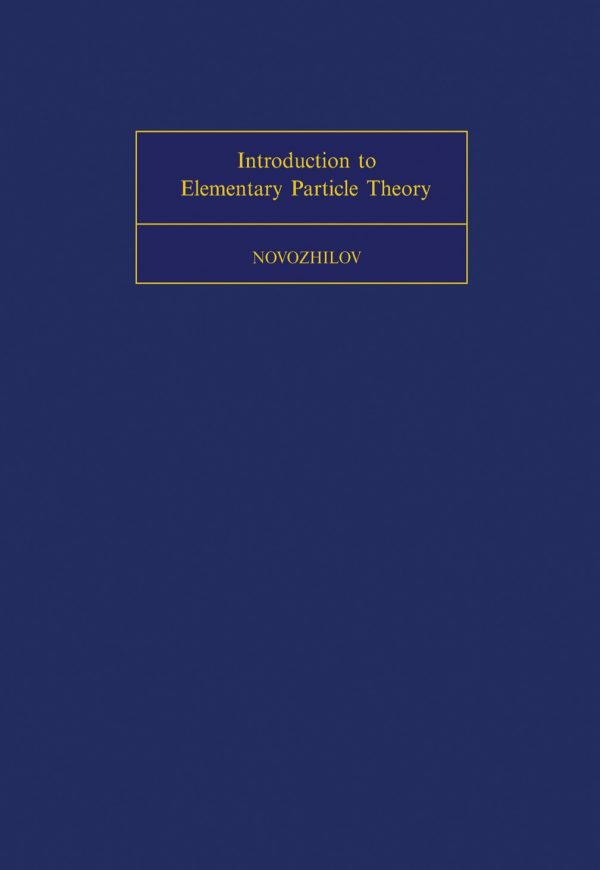
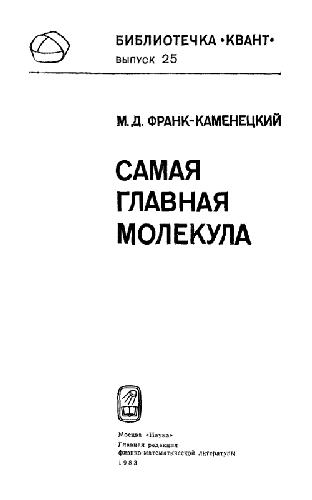
Reviews
There are no reviews yet.